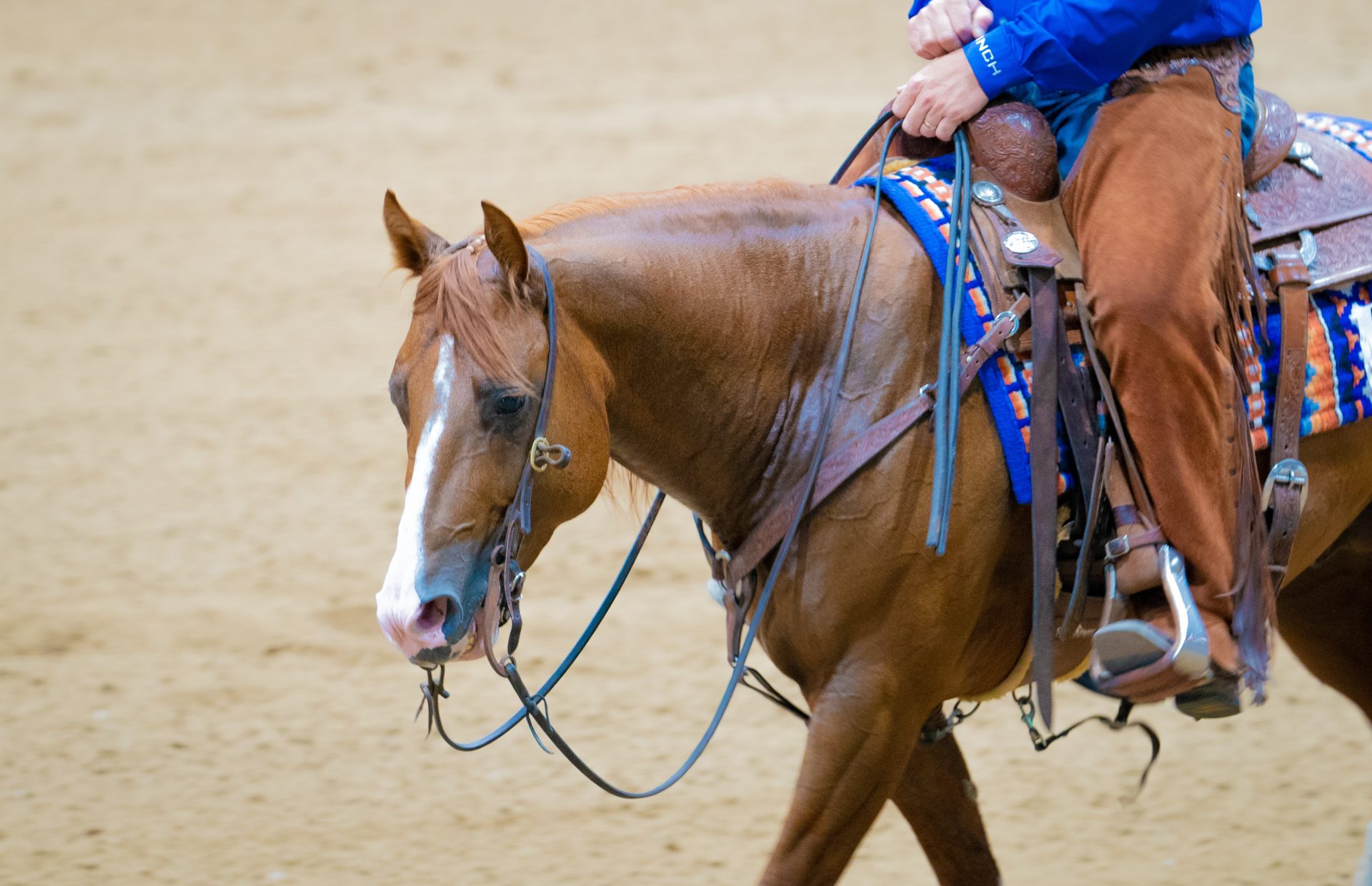Very few long-term customers stay in your barn by chance. Here’s how to facilitate and grow your customers to stick with reining—and you.
By Casey Hinton, With Jennifer Paulson

Turnover is never a good thing, but especially when it comes to your customers. It’s said that acquiring a new customer costs five times as much as retaining an existing one. Who has that kind of money or time, when all you have to do to keep one—and get them more deeply involved in our sport—with a few simple efforts and a smart business approach?
Here I’ll discuss five things to consider when you get a new customer and then how to keep that valuable partner in your barn.
Background: How Did They Come to Reining?
When you’ve been involved in this industry as long as I have, you see customers come to our sport from all sorts of places. Some were trail riders who wanted to try something new. Some come from showing all-around horses and want a new challenge. Others might come from seeing the sport—whether it’s on TV (think The Last Cowboy or Horse of the West) or at a marquee event such as the World Equestrian Games.
When these prospects come to you, be prepared to ask them questions about their background. Show respect for them no matter where they learned about reining or what type of horses they’ve owned in the past. This basic information can give you a feeling if your program is the right fit. If it’s not, the best thing for our industry is for you to point them in the direction of programs that might be more on target.
No matter what, giving them a positive first impression of the reining community benefits us all.
Goals: Whose Come First?
When a new customer comes to your barn or considers joining your program, the first thing to discuss are their goals. Do they want to compete on a local/state/regional level or are their aspirations bigger—aged events, world titles, etc.? Do they want to be in the owner role and watch their horse perform from the sidelines or do they want to compete and be deeply involved? What is it that they’re searching for, and can you offer that service?
The key point is “can you offer that service?” If it’s not in your wheelhouse or doesn’t align with your goals, you might not be the right program for that new customer. You can’t right off the bat change their ability to invest from the more local level to elite competition.
As your customer becomes more deeply involved in the sport, it’s likely their goals will change to match. It’s your job to come up with the paths that can help them achieve these goals.
So, to answer the above question: Your customers’ goals will almost always come before yours. Keeping that type of mindset will help them trust you and stick with the sport—and your program. It’s just good customer service.
Financials: How to Approach?
Discussions about money can be tough, especially for a customer who’s new to the expenses involved with owning, training, and showing horses. That said, honesty and candor in these discussions sets up both parties for successful, trusting interactions.
Be prepared with a rate sheet to describe your services. Explain the charges and what they mean. Transparency is essential in setting the tone and working together as a team. Your customer might stick to a strict budget of only going so far/spending so much—but stick with your program—or might become so involved that they’re willing to spend more than they anticipated, which is a big benefit to your business and the entire industry. Customers who own more horses not only spend more money in your program, but also on entries, show fees, tack and gear, apparel, feed and supplements—the list is endless and benefits all corners of the horse industry.
Customer Service: Why Is It Important?
As a trainer, you’re in the service business. Never lose sight that the customer is paying you for a service. This means you must be consistent in how you present yourself, how you teach, the direction you give, and your tone. You can’t lose sight that this is their hobby, regardless of it being your means of income. Professionalism is the key component to customer service.
Think about if you take tennis or golf lessons. That person is there to provide you with a service and listen to your needs. I sometimes see trainers get that backward, which leads to unhappy customers who leave a program—or the sport entirely.
Deeper Involvement: What Does It Achieve?
Once a customer has become deeply involved in reining—they have multiple horses in training, the entire family competes, and/or they’ve developed a love of the sport—you can facilitate them finding places to volunteer within the organization. Once they want to contribute back to the sport in meaningful ways by serving on committees, for example, they’re lifers in the sport—and if you nurture the customer journey correctly, they’ll be lifers in your barn, too.



